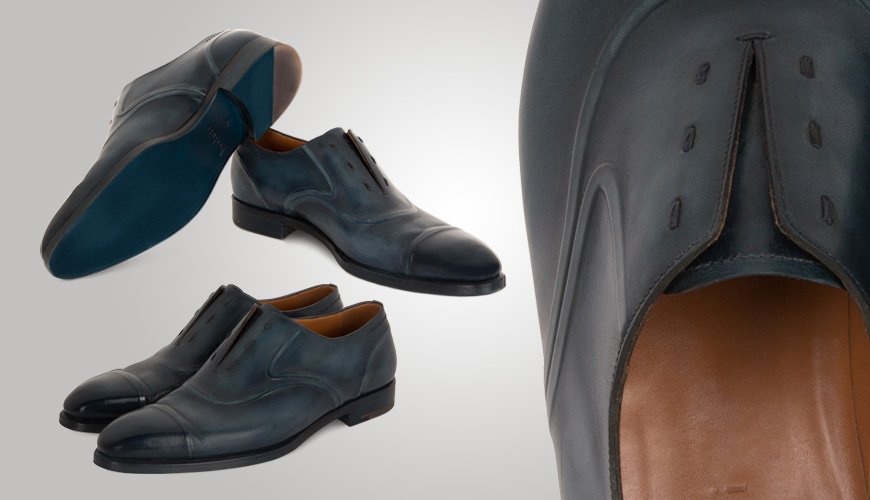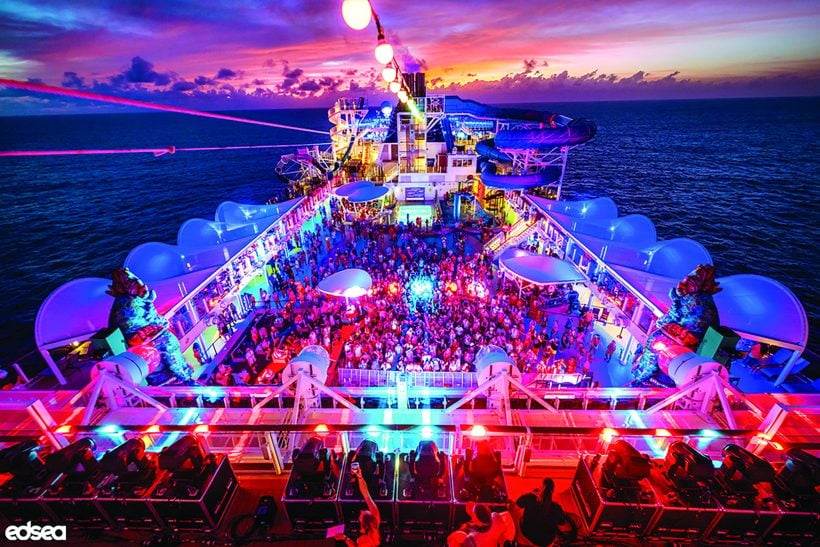A NEW SIGNATURE
Berluti Victor
It was the creation of his eponymous shoe, the Alessandro, in 1895 that elevated Alessandro Berluti from mere shoemaker to fashion master. Sculpted from a single piece of leather with minimal stitching, the lace-up shoe exemplified Berluti’s command of leather and form, eventually becoming one of the signature silhouettes for the Paris house.
Berluti’s shop grew in reputation as the go-to place for bespoke shoes and in the 1920s, Alessandro’s son, Torello, moved it from the Opera district to near the Champs-Élysées, where it quickly became a key stop for fashion cognoscenti. Talbinio, Alessandro’s grandson, created a ready-to-wear collection, introducing the Berluti brand to a younger audience.

The shoes’ appeal, beyond their craftsmanship, is their patinas. In the early 1990s, Olga Berluti, a cousin of Talbinio’s, discovered that when a specific leather, Venezia, is tanned with the company’s proprietary combination of minerals and plant extracts, it leaves the pores of the hide open, allowing multiple layers of oils, pigments and waxes to be absorbed. The effect is luminous.
Victor from Berluti’s spring-summer 2016 collection, featured here, is a great example of the brand’s craftsmanship. The trompe l’oeil lines are created with a retro-injected mold to give the effect of engravings.
Cost: $2,130
Contact: Dennis Dwyer, 212.439.6400, berluti.com
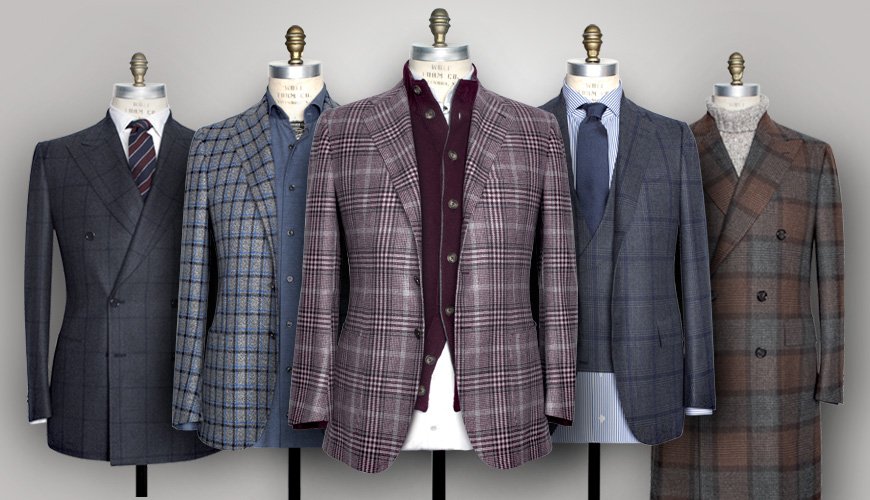
A CLASSIC GOES MODERN
Cesare Attolini Jacket
Italians first began referring to “the Jacket” in the 1930s. Until then, Italy had followed the English suiting style of rigid form and heavy fabrics. But when Vincenzo Attolini, a young tailor from Naples, ripped out the padding and lining from a traditional jacket and replaced them with a light canvas structure, “the Jacket” was born. Attolini’s creation was revolutionary at a time when tweeds and thick shoulders with heavy padding were de rigueur. His jacket sat lightly on the body, allowing freedom of movement, while remaining stylish.
Cesare, Vincenzo’s son, followed his father into the business. As business grew, the two saw a need to streamline the bespoke suit process, which typically took months. Cesare and Vincenzo created an assembly line system with 130 tailors focused on individual steps in the process. Today, it takes 20 to 30 hours to produce a suit. While the system allows for a quicker turnover, the factory still only produces 50 garments a day. The third generation of Attolinis, Cesare’s sons Massimiliano and Giuseppe, now helm the brand. They continue to produce “the Jacket,” such as the ones pictured here from the spring-summer 2016 collection.

Cost: Jackets start at $5,000
Contact: Agnes Vajda, 646.707.3006, cesareattolini.com
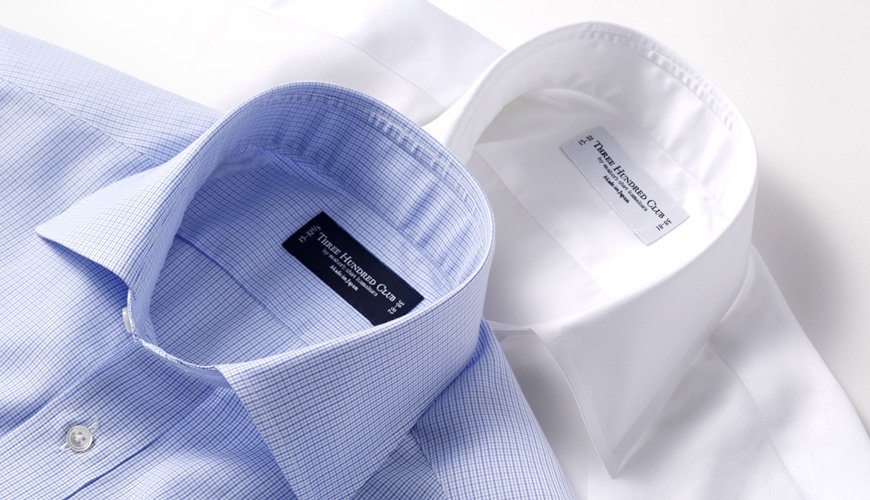
OLD-WORLD TAILORING FROM JAPAN
Kamakura Shirts 300 Club Shirt
Japan doesn’t come immediately to mind when speaking of luxury menswear but, quietly, it’s becoming the go-to country for bespoke suits and high-quality accessories. Kamakura Shirts is part of the trend. Husband-and-wife team Yoshio and Tamiko Sadasue began the company over a convenience store in 1993 to bring attention to Japan’s old-world tailoring. Kamakura Shirts now has 27 stores in Japan and two in New York.
The 300 Club is made of Xinjiang cotton, renowned for its long fibers reaching 4 cm in length (standard cotton fibers reach 2.5 cm). That makes it possible to weave more threads in, resulting in an ultrasoft fabric.
Cost: $180 for ready-to-wear; $250 for made-to-measure
Contact: 212.308.5266 or 212.619.2484, kamakurashirts.net
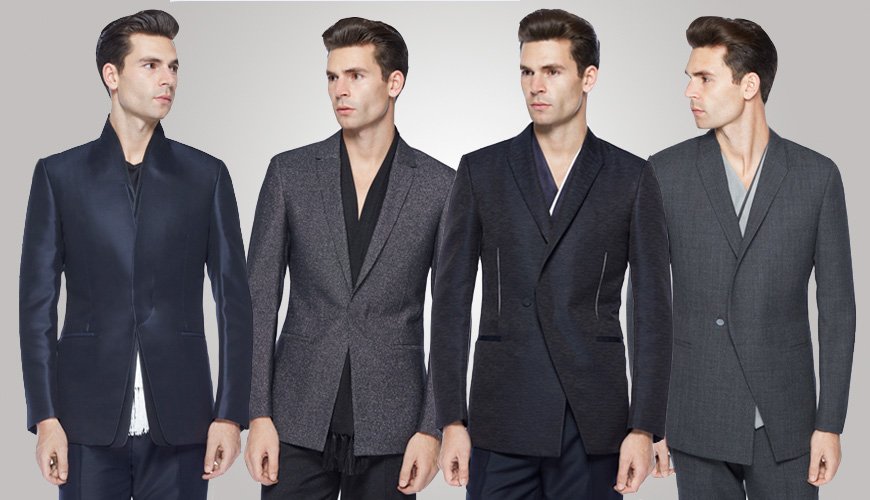
INNOVATION ON SAVILE ROW
Kilgour Suits
Savile Row is usually associated with tradition, but when speaking about Kilgour, the British brand founded in 1880 that caters to such well-dressed men as Daniel Craig and Jude Law, it’s innovation that sets it apart. Creative director Carlo Brandelli’s designs feature slim silhouettes with minimalist, graphic lines, a nod to his architectural background. The clean angles of the front of his jackets, an invisible slit exposing a hint of color and higher armholes create an ultramodern, almost futuristic aesthetic.
For his spring-summer 2016 collection, Brandelli created three new silhouettes for Kilgour’s lapels and collars, an area rarely focused on in bespoke. With “overlay notch,” he expands the classic notch collar with an overlap of fabric to create depth and angles. In the “contemporary peak,” he creates a single peak by joining the two pieces of fabric together at an angle in a smooth, bold line. With the “new shawl” collar, he departs from the usual curved single piece of fabric by adding a small angled point created with straight lines, for a more contemporary feel.
Cost: Suits start at £1,100 (about $1,600)
Contact: 44.203.283.8941, kilgour.com
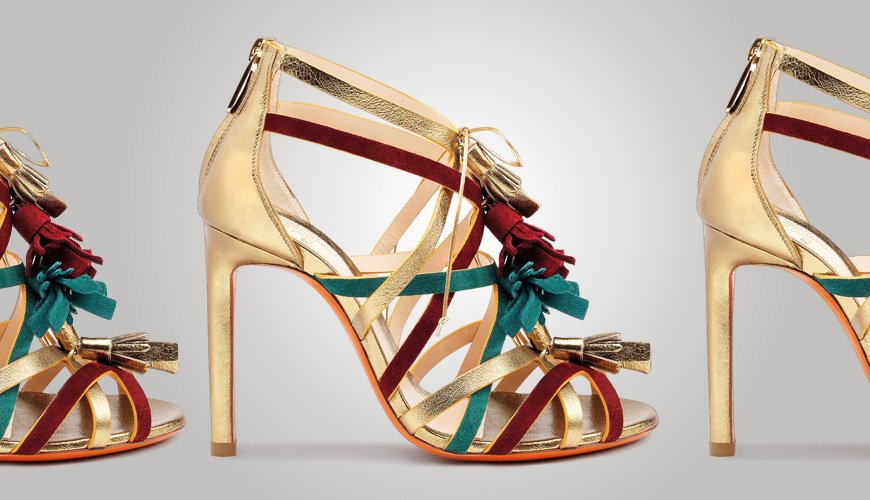
COMFORT AND LUXURY COMBINE
Santoni Paloma
It’s not often that a luxury shoe is comfortable as well as beautiful, but this one is. And that makes sense: One of Santoni’s core principles is attention to detail. The 40-year-old family-owned Italian shoe company starts its design process by draping high-quality leathers over lasts to form its silhouettes. Flourishes are then added by hand. But it’s the final step that sets Santoni shoes apart.
In the finishing process, craftspeople tie the shoe in a bended form, and then add the last stitches, to soften the leathers and rubbers. The first time you put them on, Santoni shoes already feel broken in. Pictured here is Paloma, Santoni’s sandal in gold leather with fringe from the spring-summer 2016 collection.
Cost: $650
Contact: 646.762.3554, santonishoes.com
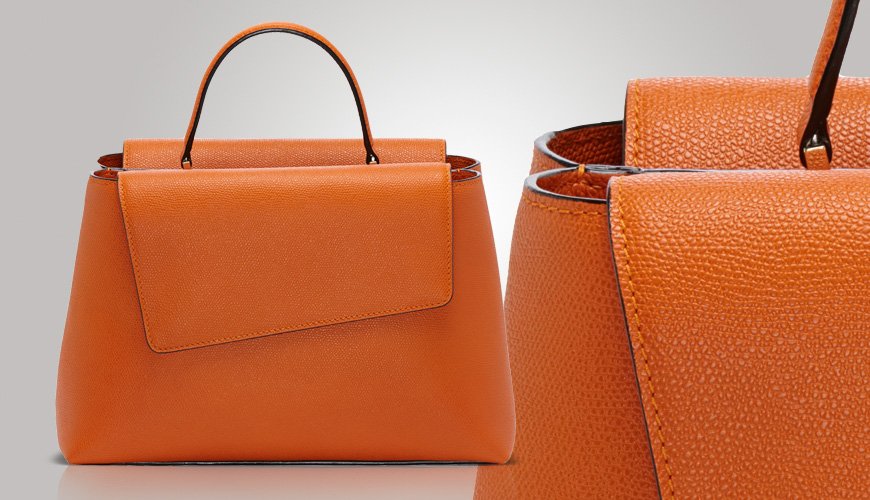
OLD-WORLD TECHNIQUE AND MODERN DESIGN
Valextra’s Twist
The Milanese accessories brand Valextra has combined Old World techniques with modern design since it was founded by Giovanni Fontana, a master leather artisan, with a store in Grand Piazza San Babila in 1937. The Twist bag from the company’s spring-summer 2016 collection, featured here, is a notable example. Valextra looked to architecture for inspiration and paid homage to Tadao Ando’s University of Monterrey school of art and design building in Mexico with its design: Leather panels are folded to cast a slightly angled shadow over the bag’s body, imitating the shadows created by the ridged angles of the building’s concrete walls.
Cost: $2,725
Contact: 646.649.5336, valextra.com

